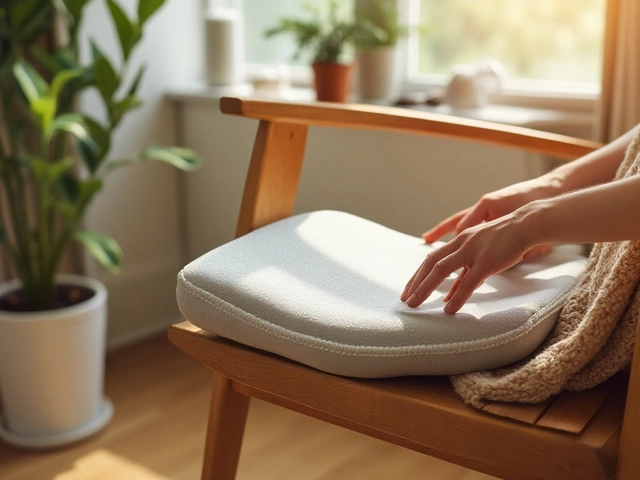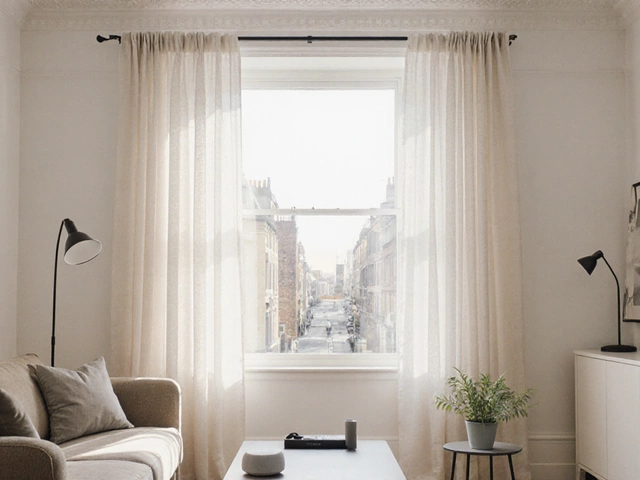Sheets Guide: Pick the Right Size, Fabric, and Care Tips
When you’re shopping for new sheets, the choices can feel endless. Do you need a deep‑pocket set? Is cotton really better than microfiber? Let’s cut through the fluff and give you straight‑forward answers so you can pick sheets that feel great and last long.
Know Your Sheet Sizes
The first thing to check is the mattress size. In the UK a standard double is 135 cm × 190 cm, a queen (known locally as a ‘king’) is 150 cm × 200 cm, and a king is 180 cm × 200 cm. If you see “XL” on a label, it usually means the fitted sheet has extra depth – perfect for mattresses with a pillow top or a topper. Measure the mattress height (from the base to the top) and add a couple of centimetres; that’s the pocket depth you need.
Some brands also list “extra‑long” for longer beds, but most UK mattresses stick to the standard length of 190 cm or 200 cm. So unless you have a bespoke bed, stick to the standard size chart and you’ll be fine.
Choosing the Right Fabric
Cotton is a classic for a reason: it’s breathable, soft, and gets softer with each wash. Look for a thread count between 200 and 400 – higher isn’t always better, and it can make the sheets feel stiff. If you want something cool for summer, go for percale weave; for a cozy night in, a satin or sateen finish adds a silky touch.
Microfiber is budget‑friendly and resistant to wrinkles, but it can trap heat if you tend to sleep hot. Linen looks great in a relaxed home and gets softer over time, though it wrinkles more. Bamboo‑derived fabrics sit between cotton and microfiber: they’re soft, breathable, and naturally antimicrobial.
Before you buy, think about your bedroom climate and any skin sensitivities. A quick test is to rub the fabric between your fingers – if it feels rough, it may not be the best for sensitive skin.
Practical Care Tips
Most sheets survive a regular machine wash, but the temperature matters. Warm water (40 °C) cleans well without shrinking cotton. Use a mild detergent; avoid bleach unless the label says it’s safe. Over‑drying can weaken fibres, so pull the sheets out while they’re still a bit damp and tumble‑dry on low.
If you’ve got deep‑pocket sheets, make sure the elastic is fully stretched before you put them in the dryer – it helps the pockets keep their shape. For linen, a gentle cycle and air‑drying keep the natural texture intact.
Storing sheets flat or loosely folded prevents creases. If you rotate your bedding every few weeks, the wear spreads out and the colour stays fresh longer.
Now you’ve got the basics: measure your mattress, pick a fabric that matches your comfort needs, and follow simple washing tricks. With a little know‑how, your sheets will stay soft, fit right, and look great for years to come.

Understanding the Two Main Types of Bedding: Sheets and Blankets Explained
Unravel the essentials of bedding: discover the two main types, why they matter, and how to pick what’s best for your sleep. Dive into sheets and blankets.
Categories
- Storage (27)
- Bathroom (18)
- Sofas (15)
- Curtains (15)
- Home Decor (12)
- Bedding (11)
- Kitchenware (11)
- Cushions (11)
- Mirrors (10)
- Rugs (9)
Popular Articles



